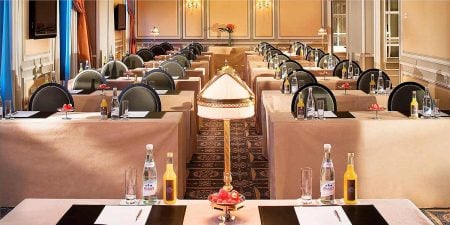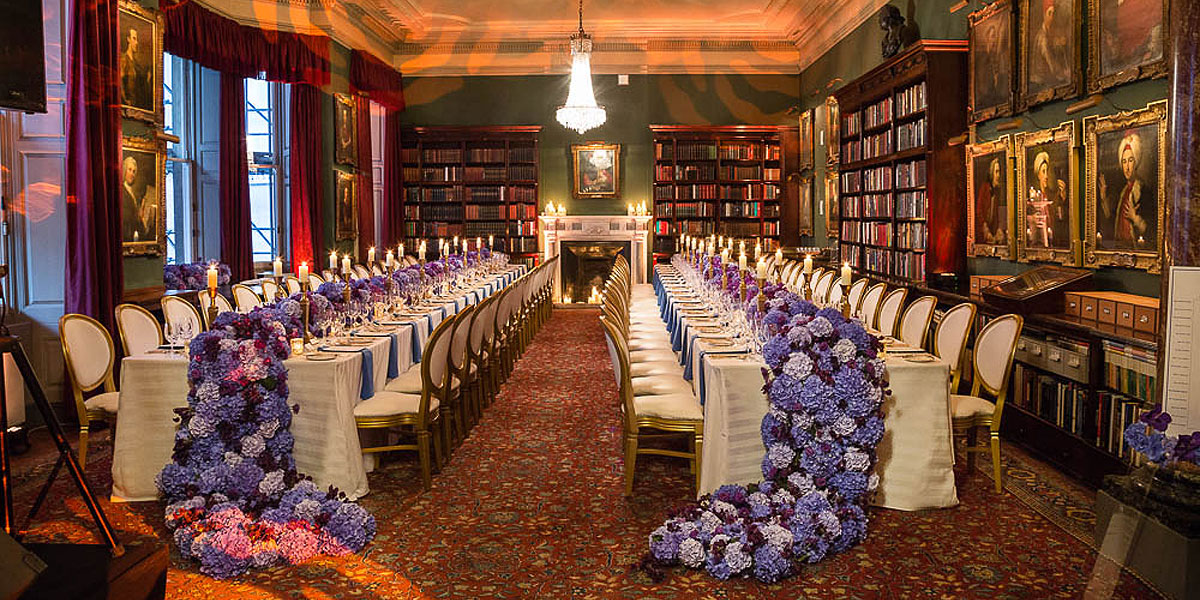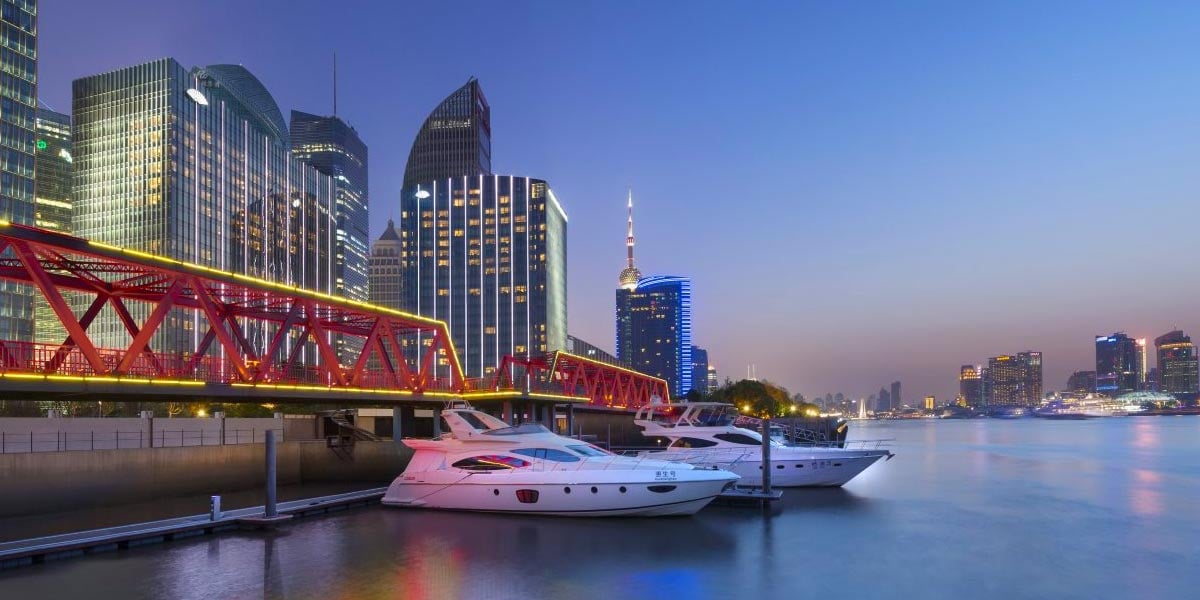Best Practice
Launching a new product can be an exhilarating journey for any business, but it requires meticulous planning and execution to ensure a successful event. The timing and preparation of a product launch event play a crucial role in creating a lasting impression on your guests. We'll guide you through the essential steps of when and how to start planning your product launch event - setting the stage for a remarkable debut.
1. Timing is Everything
Picking the right timing for your product launch event is crucial. Your product or service needs to be ready to take to market but you also want to create anticipation. It's a good idea to start planning your launch event around nine months in advance, depending on your product's complexity and the size of your event.
Outline the objectives of your product launch event. What do you want to achieve? Define your goals, whether it's generating media coverage, building brand awareness, increasing sales, or gaining valuable feedback from potential customers. Having clear objectives will help you tailor every aspect of your event accordingly.
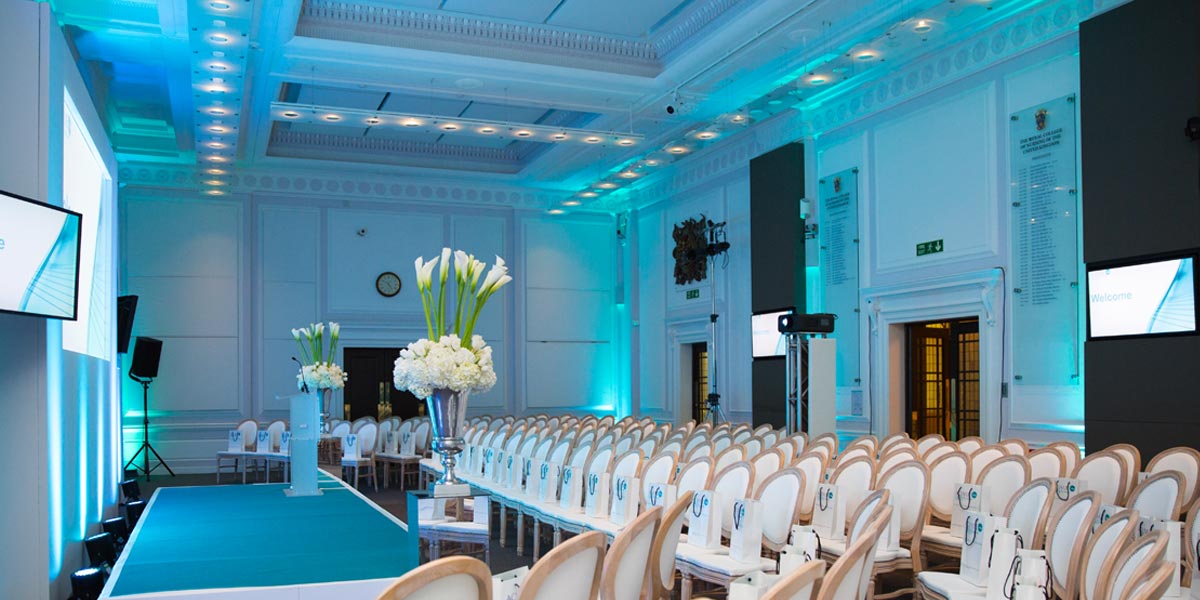
2. Know Your Audience
Understanding your target audience is vital for planning a successful product launch event. Conduct market research to gain insights into audience preferences and expectations. Use this information to design an event that resonates with your audience and creates a memorable experience. Choose a venue that aligns with their tastes and expectations. For instance, a tech-savvy crowd might appreciate a modern and innovative venue, while a more traditional audience may prefer a classic setting.

3. Choose the Perfect Venue
Selecting the right venue can significantly impact the overall atmosphere of your launch event. Start by outlining the specific requirements of your product launch. Consider a location that aligns with your brand's identity and reflects the essence of your product. Whether it's an upscale hotel, a trendy rooftop, or a cosy gallery space, the venue should complement your event theme and leave a lasting impression on attendees. Consider the nature of the event (e.g., formal, casual, interactive), the number of guests, and any equipment you may need (e.g., audio-visual, lighting and furniture).
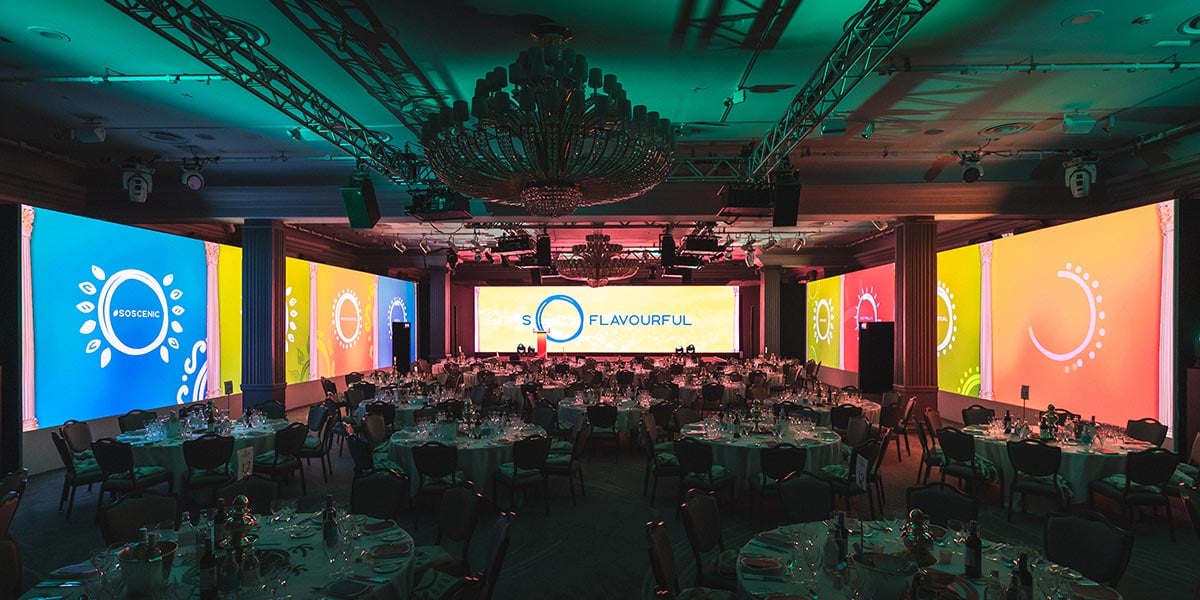
4. Availability and Booking
As soon as you have your event date or preferred event dates, check venue availability and inquire about the associated costs. Popular venues will get booked quickly, so it's essential to secure your event space well in advance. When preparing for your event, it's generally advisable to start looking for a venue around 6 to 9 months in advance. This timeline allows ample time to secure a prime location, negotiate contracts, and plan other essential aspects of the event. However, for smaller or less complex events, a 3-month lead time might be sufficient. Choose a venue that suits your numbers. Avoid overcrowding or overly spacious venues that may dilute the atmosphere.
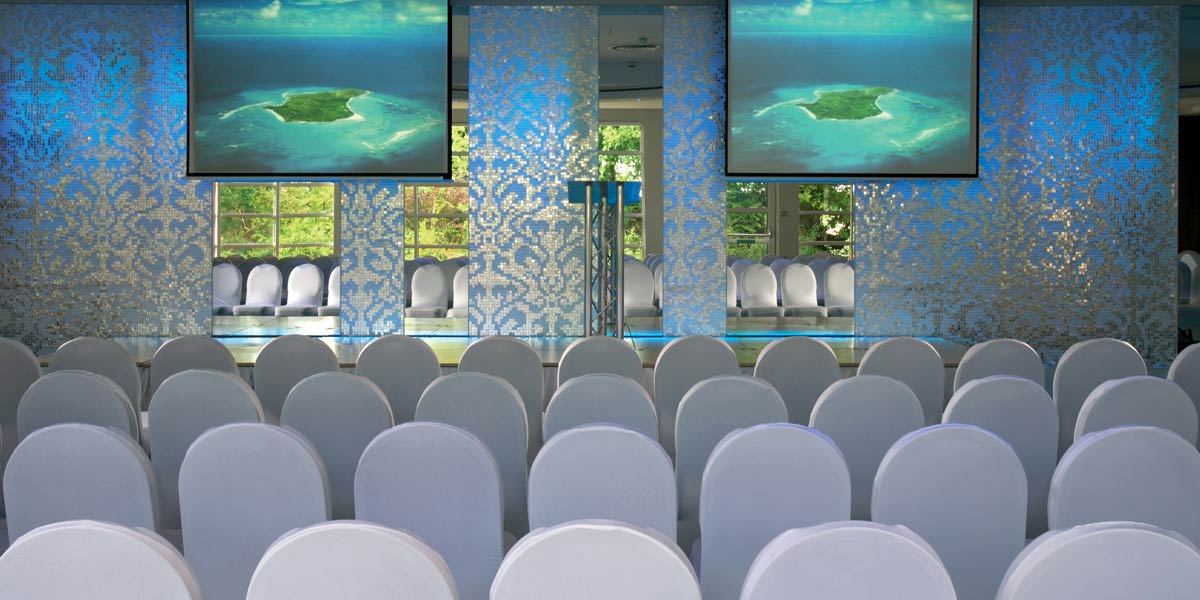
5. Ensuring Seamless Arrival for Your Event Guests
When evaluating a venue's location, prioritize accessibility to guarantee a smooth and convenient experience for your event attendees. Look for venues situated near major transportation hubs, such as airports or train stations, ensuring easy access for both local and out-of-town guests. Additionally, consider the availability of nearby accommodations and explore shuttle services or transportation partnerships to simplify guest mobility. Also, be sure to check that your venue is accessible for any guests who may have mobility issues.
6. Does the Venue Offer a Wow-Factor Space?
When selecting a venue, consider whether it boasts a real "wow-factor" space that can captivate and engage your intended attendees. Space such as this acts as a visual and experiential centrepiece, leaving a lasting impression and setting the tone for the event. Look for unique architectural features, stunning views, or innovative design elements that align with your event's theme and appeal to your target audience. A wow-factor space not only enhances the attendee experience but also becomes a talking point, drawing in the right attendees and contributing to the event's success.
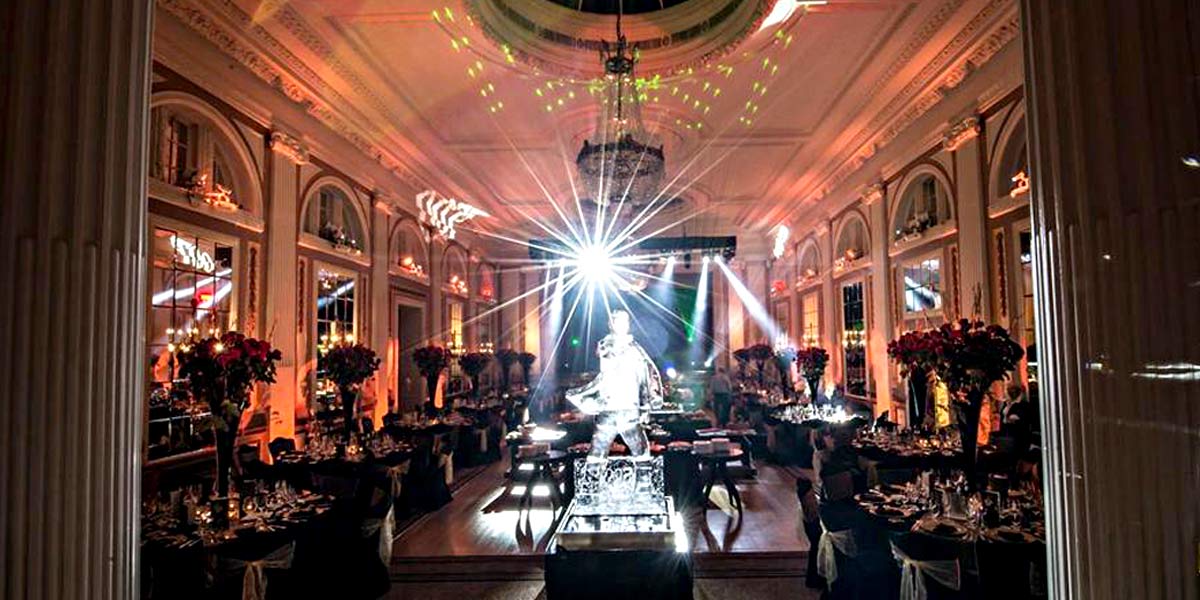
7. Ensuring Alignment Between Your Brand and the Venue's Identity
A critical consideration when choosing a venue is assessing how well your brand aligns with the venue's identity, decor, and overall ambience. Ensure that the venue's aesthetic, atmosphere, and values resonate with your brand's image and messaging. This alignment creates a cohesive and immersive experience for attendees, reinforcing your brand identity and leaving a memorable impact. By selecting a venue that complements your brand, you establish a seamless connection between the event and your unique brand identity.
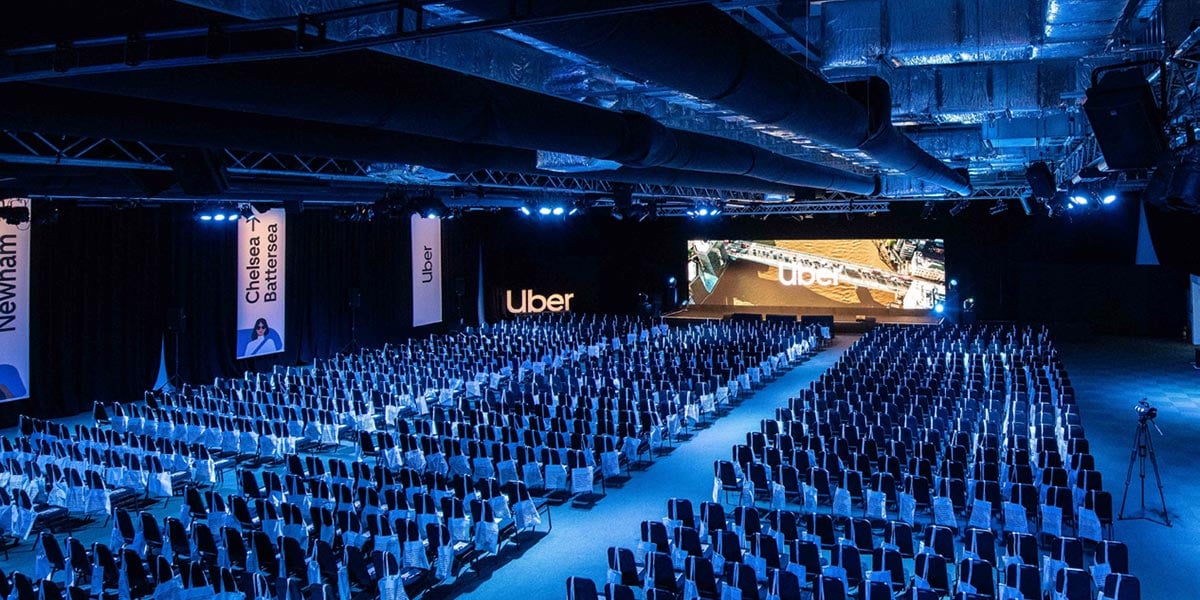
Planning a product launch event is a journey that requires careful consideration of timing, audience, content, and execution. Starting early and focusing on details will help you create an event that leaves a lasting impact on attendees and sets the stage for a successful product launch. Remember, it's not just about showcasing your product; it's about creating an experience that resonates with your audience and leaves them eagerly embracing your new offering.





